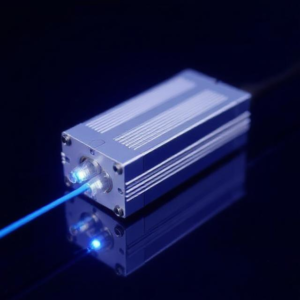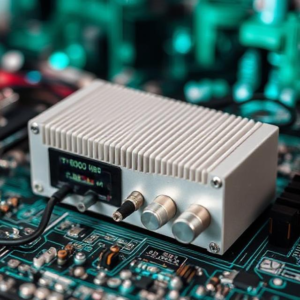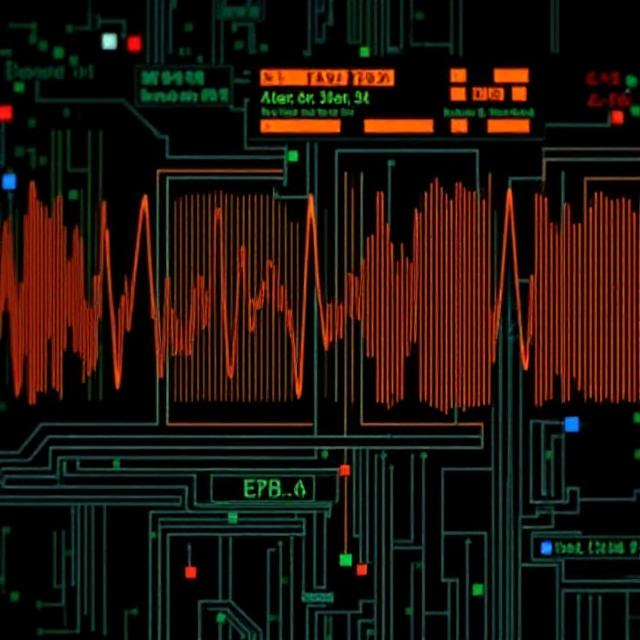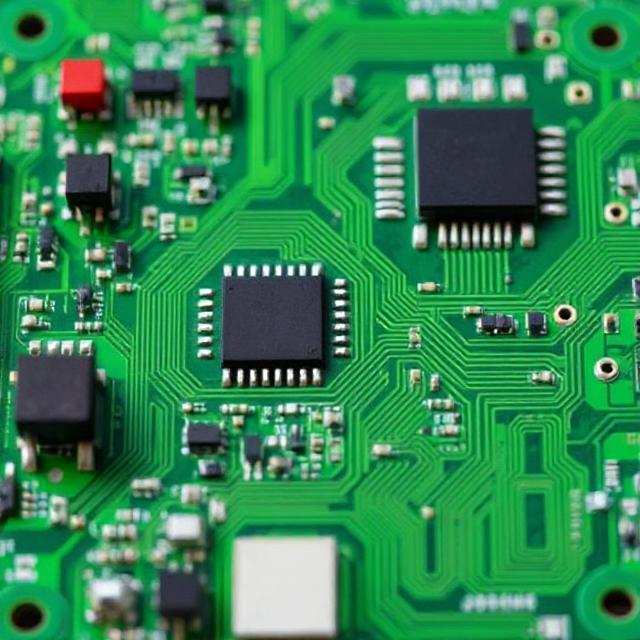What are Optical Amplifiers?
An optical amplifier is a device used in fiber optic communication systems to boost the strength of optical signals (light signals) without needing to convert the light signal back into an electrical signal. This is really important for long-distance communication, where the light signal might become weak and need to be amplified to travel further.

In simple terms: an optical amplifier makes light signals stronger so they can travel farther through fiber optic cables, without losing quality or speed.
Why Do We Need Optical Amplifiers?
When light signals travel through fiber optic cables, they weaken over distance due to things like scattering and absorption. This weakening effect is called signal attenuation. To ensure that the signal reaches its destination clearly and without distortion, the signal needs to be amplified at various points along the way.
Instead of converting the light signal to electricity and back to light (which would take time and energy), optical amplifiers directly amplify the light signal.
How Do Optical Amplifiers Work?
Here’s how an optical amplifier works in a simple way:
- Input Light Signal:
- The light signal (carrying data, like internet or phone calls) enters the optical amplifier.
- Amplification Process:
- Inside the amplifier, the incoming weak light signal is boosted by a special process using light itself.
- This process involves a material (usually a rare-earth doped fiber, like erbium-doped fiber) that can absorb some incoming energy and re-emit it as a stronger light signal at the same wavelength.
- Output Light Signal:
- The amplified signal exits the optical amplifier, much stronger and ready to continue traveling through the fiber optic network.
Types of Optical Amplifiers
There are different types of optical amplifiers, depending on how they amplify the signal. Here are the main types:
- Erbium-Doped Fiber Amplifier (EDFA):
- What it is: This is the most commonly used optical amplifier in fiber optic communication. It uses erbium, a rare-earth element, which is added (doped) into the fiber. The erbium atoms can absorb light at a certain wavelength and then re-emit it, amplifying the signal.
- How it works: The incoming signal is absorbed by the erbium atoms, which then get “excited” and release energy in the form of light, thus amplifying the signal.
- Why it’s used: It works well for long-distance communication and amplifies signals over a wide range of wavelengths used in fiber optics.
- Semiconductor Optical Amplifier (SOA):
- What it is: A type of optical amplifier that uses a semiconductor material (similar to what’s used in lasers) to amplify light.
- How it works: The semiconductor material amplifies light through a process called stimulated emission, where the incoming light stimulates the material to produce more light.
- Why it’s used: SOAs are typically used in shorter distances and for applications that don’t require the long reach of an EDFA. They are smaller, cheaper, and easier to integrate into devices.
- Raman Amplifier:
- What it is: This amplifier works by using Raman scattering, a phenomenon where light interacts with the fiber and amplifies itself.
- How it works: The Raman amplifier uses a pump laser to send light through the fiber, and the energy from the pump laser is transferred to the signal, boosting it.
- Why it’s used: Raman amplifiers are good for amplifying signals over very long distances and can be used alongside EDFA for multi-stage amplification in a network.
Key Advantages of Optical Amplifiers
- No Conversion to Electrical Signal:
- Optical amplifiers amplify light directly without needing to convert it into an electrical signal and then back into light. This makes the process faster and more efficient.
- Long-Distance Communication:
- They are essential for long-distance fiber optic communications, such as internet backbones or undersea cables. The amplifiers ensure the signal doesn’t weaken too much as it travels long distances.
- High-Speed Data:
- Optical amplifiers enable high-speed data transmission, which is critical for modern telecommunications, like internet, TV, and phone services.
- Low Loss:
- Since optical amplifiers work directly on light, they introduce very low signal loss compared to other methods like electrical amplifiers.
Applications of Optical Amplifiers
Optical amplifiers are used in many areas where fiber optic networks are in play. Here are some common applications:
- Telecommunications:
- Optical amplifiers are used in phone lines, internet cables, and other long-distance communication systems to boost the signal and prevent loss of quality over long distances.
- Data Centers:
- In large data centers that rely on fiber optics for high-speed data transfer, optical amplifiers help ensure smooth and fast communication between servers.
- Broadcasting:
- They are used in broadcasting systems for TV signals that travel through fiber optics, ensuring that the signal remains strong and clear.
- Undersea Cables:
- Optical amplifiers are used in undersea fiber optic cables that connect continents. They are placed at intervals along the cable to maintain signal strength across thousands of kilometers.
Pros and Cons of Optical Amplifiers
Pros:
- Efficient: They amplify the light directly without needing to convert it to electrical signals, making them faster and more efficient.
- Wide Range: They can amplify a broad range of wavelengths, especially erbium-doped amplifiers.
- Long-Distance: They allow for long-distance communication by boosting the signal without degrading quality.
Cons:
- Power Requirements: Some optical amplifiers (like EDFA) need an external pump laser, which requires power.
- Cost: Optical amplifiers, especially the more advanced ones, can be expensive to install and maintain.
- Non-Uniform Amplification: Some optical amplifiers might amplify signals unevenly, leading to potential distortion or noise, especially if used improperly.
In Simple Terms:
An optical amplifier is a device that makes light signals stronger as they travel through fiber optic cables, without turning them into electrical signals. This is especially important in long-distance communication because it helps maintain the strength and clarity of the signal. There are different types of optical amplifiers, such as erbium-doped fiber amplifiers (EDFA), semiconductor optical amplifiers (SOA), and Raman amplifiers, each with its specific uses.
Optical amplifiers are critical for fast, efficient communication over long distances, whether it’s for the internet, phone calls, or television broadcasts.
Let me know if you need more details or have any questions!
Keywords: Optical, Electronics











